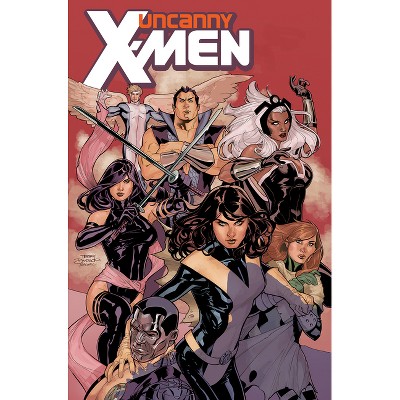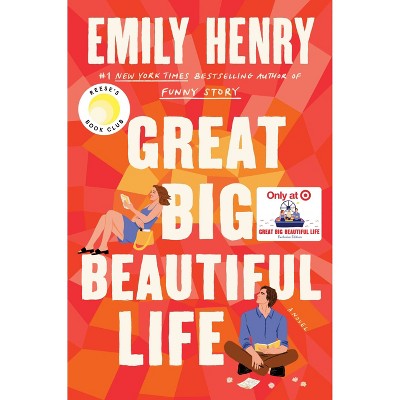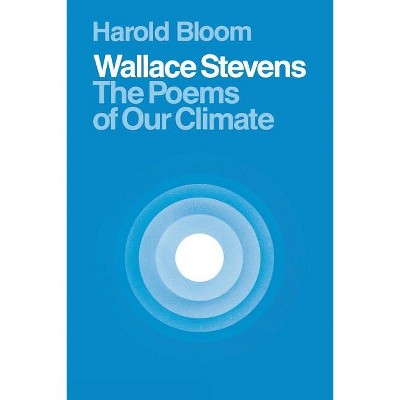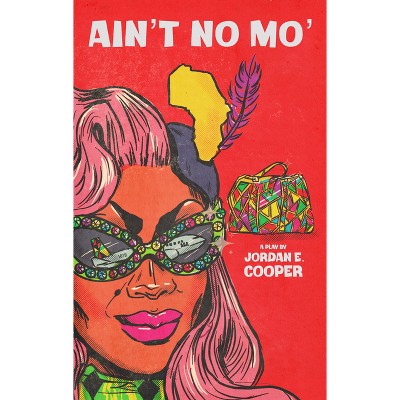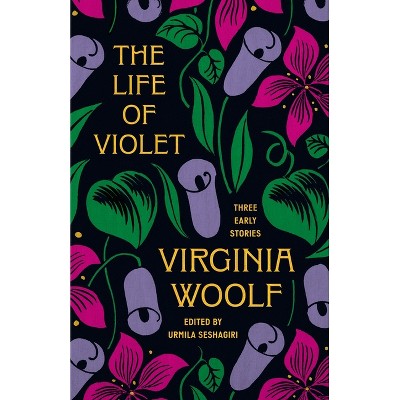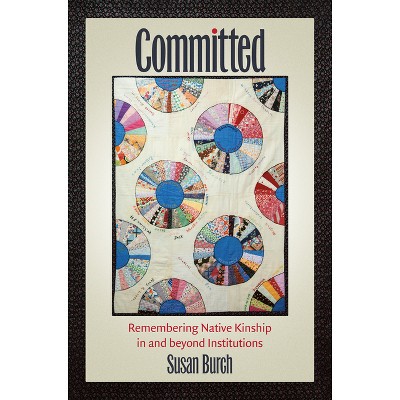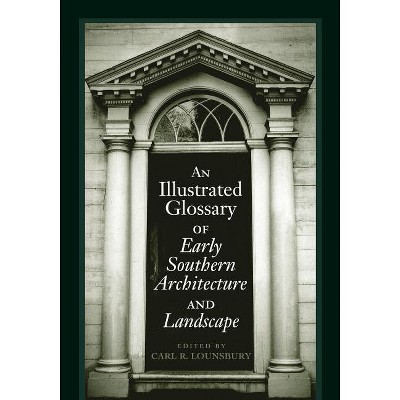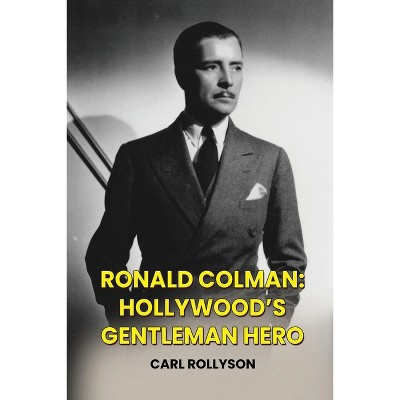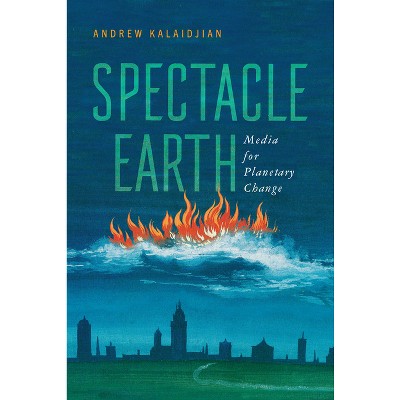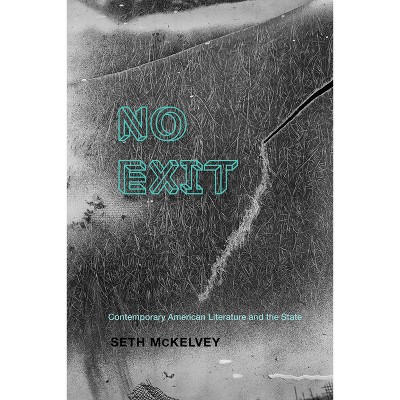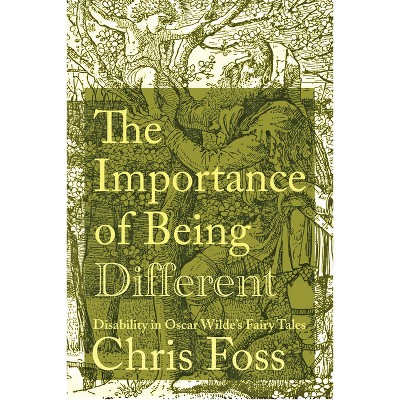Sponsored

The Life of William Faulkner - by Carl Rollyson (Hardcover)
In Stock
Sponsored
About this item
Highlights
- By the end of volume 1 of The Life of William Faulkner ("A filling, satisfying feast for Faulkner aficianados"-- Kirkus), the young Faulkner had gone from an unpromising, self-mythologizing bohemian to the author of some of the most innovative and enduring literature of the century, including The Sound and the Fury and Light in August.
- About the Author: Carl Rollyson, Professor Emeritus at Baruch College, The City University of New York, has published numerous biographies of literary figures such as Sylvia Plath, Susan Sontag, and Norman Mailer, as well as film icons Marilyn Monroe and Dana Andrews.
- 656 Pages
- Literary Criticism, American
Description
About the Book
In the end, this beautifully wrought life shows how Faulkner, the man and the artist, embodies this remarkable capacity to endure and prevail.Book Synopsis
By the end of volume 1 of The Life of William Faulkner ("A filling, satisfying feast for Faulkner aficianados"-- Kirkus), the young Faulkner had gone from an unpromising, self-mythologizing bohemian to the author of some of the most innovative and enduring literature of the century, including The Sound and the Fury and Light in August. The second and concluding volume of Carl Rollyson's ambitious biography finds Faulkner lamenting the many threats to his creative existence. Feeling, as an artist, he should be above worldly concerns and even morality, he has instead inherited only debts--a symptom of the South's faded fortunes--and numerous mouths to feed and funerals to fund. And so he turns to the classic temptation for financially struggling writers--Hollywood.
Thus begins roughly a decade of shuttling between his home and family in Mississippi--lifeblood of his art--and the backlots of the Golden Age film industry. Through Faulkner's Hollywood years, Rollyson introduces such personalities as Humphrey Bogart and Faulkner's long-time collaborator Howard Hawks, while telling the stories behind films such as The Big Sleep and To Have and Have Not. At the same time, he chronicles with great insight Faulkner's rapidly crumbling though somehow resilient marriage and his numerous extramarital affairs--including his deeply felt, if ultimately doomed, relationship with Meta Carpenter. (In his grief over their breakup, Faulkner--a dipsomaniac capable of ferocious alcoholic binges--received third-degree burns when he passed out on a hotel-room radiator.)
Where most biographers and critics dismiss Faulkner's film work as at best a necessary evil, at worst a tragic waste of his peak creative years, Rollyson approaches this period as a valuable window on his artistry. He reveals a fascinating, previously unappreciated cross-pollination between Faulkner's film and literary work, elements from his fiction appearing in his screenplays and his film collaborations influencing his later novels--fundamentally changing the character of late-career works such as the Snopes trilogy.
Rollyson takes the reader on a fascinating journey through the composition of Absalom, Absalom!, widely considered Faulkner's masterpiece, as well as the film adaptation he authored--unproduced and never published-- Revolt in the Earth. He reveals how Faulkner wrestled with the legacy of the South--both its history and its dizzying racial contradictions--and turned it into powerful art in works such as Go Down, Moses and Intruder in the Dust.
Volume 2 of this monumental work rests on an unprecedented trove of research, giving us the most penetrating and comprehensive life of Faulkner and providing a fascinating look at the author's trajectory from under-appreciated "writer's writer" to world-renowned Nobel laureate and literary icon. In his famous Nobel speech, Faulkner said what inspired him was the human ability to prevail. In the end, this beautifully wrought life shows how Faulkner, the man and the artist, embodies this remarkable capacity to endure and prevail.
Review Quotes
[M]assive, well-researched two-volume biography.
-- "New York Review of Books"A lush story of a genius and his substantial achievements, failures, and demons.
-- "Kirkus, starred review"A previously-unpublished, full-length screenplay by 20th-century novelist William Faulkner has been discovered, a murder story so complete experts say it could see him hit Hollywood again.... Professor Carl Rollyson, author of a forthcoming Faulkner biography, spoke of his 'utter excitement' in finding it. He told the Telegraph: 'Nobody knows about it, no film scholar, no Faulkner person.'
-- "The Telegraph"Carl Rollyson is a superb and wondrously prolific biographer, drawn to an admirably eclectic range of subjects, but also a scholar of biography with an unparalleled knowledge of the field.... Acquire the books, install them at your bedside, and make a habit of reading a bit each night. You will quickly find yourself drawn into the saga.
-- "First Things"Rollyson's book stands as a hallmark of Faulkner studies, and his work delineates the life of the celebrated author with exhaustive detail. In this book, Rollyson pieces together the arresting tale of a literary genius who sought "to endure and prevail."
-- "ZYZZYVA"The concluding volume of this two-part biography of Faulkner shows Rollyson, a Baruch College professor emeritus, as both a careful observer of Faulkner the man, and an adept and perceptive reader of his work.... Rollyson's painstakingly researched and beautifully written biography should be a touchstone for Faulkner scholarship for years to come.
-- "Publishers Weekly, starred review"The most ambitious and most complete biography of Faulkner so far. Drawing on existing biographies, decades of literary criticism, Hollywood screenplays, and rarely cited archival material, Rollyson constructs a complex, illuminating story.
--David A. Davis, Mercer UniversityAbout the Author
Carl Rollyson, Professor Emeritus at Baruch College, The City University of New York, has published numerous biographies of literary figures such as Sylvia Plath, Susan Sontag, and Norman Mailer, as well as film icons Marilyn Monroe and Dana Andrews. His writing has appeared in the Wall Street Journal, the New Criterion, and the Washington Post.
